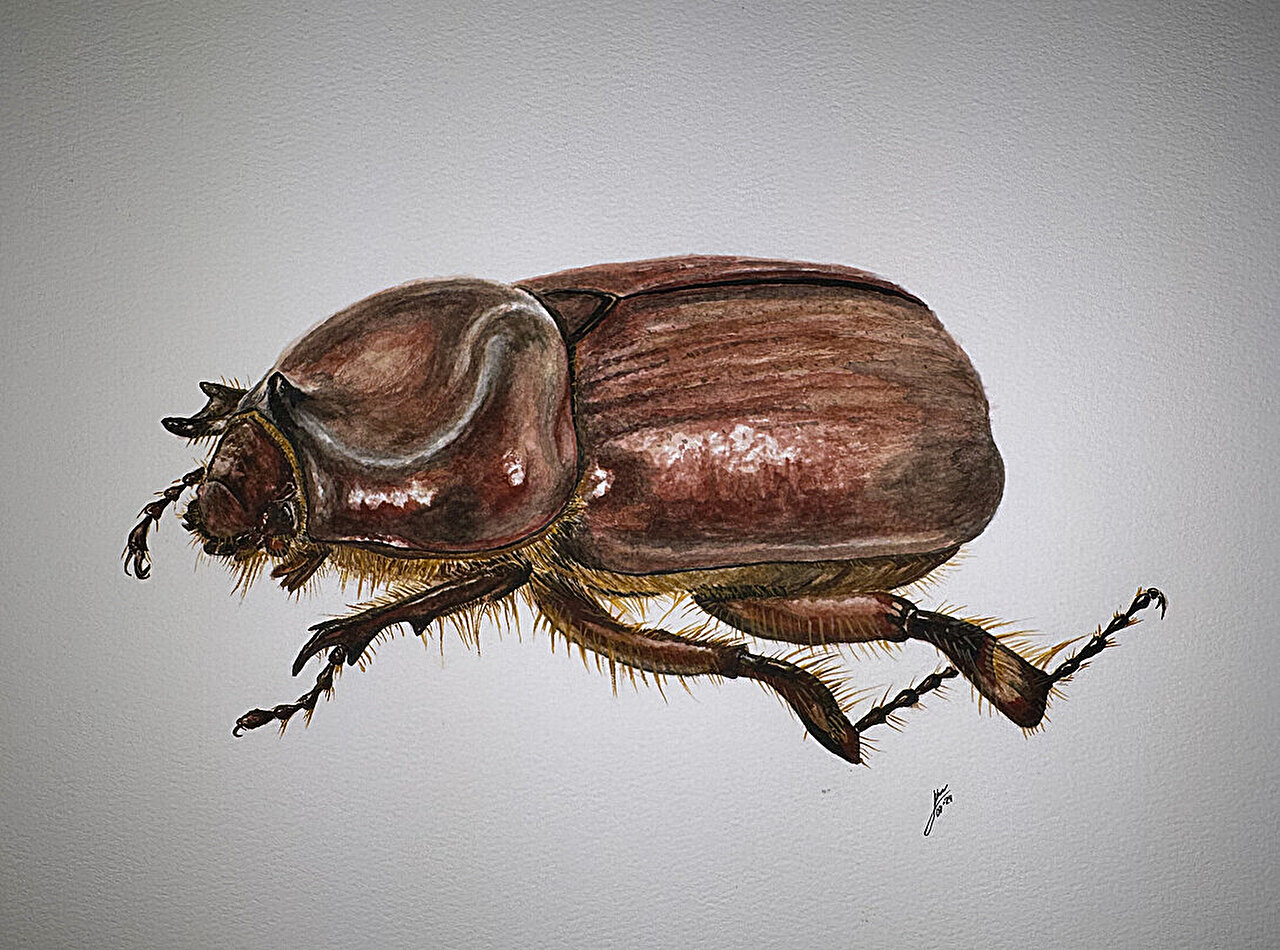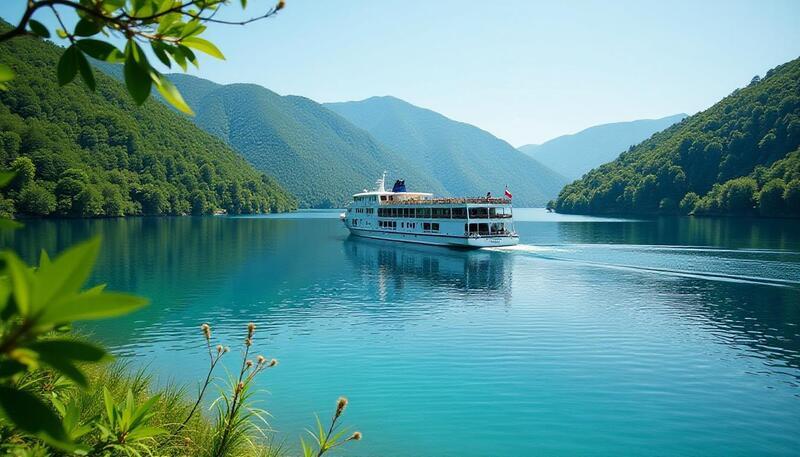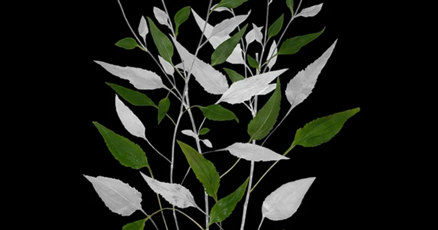COLLINSVILLVE, Ill. (WICS) — Cahokia Mounds State Historic Site’s annual spring Native American Market will take place May 18-19 at the Collinsville VFW.
The Market will feature arts and crafts by more than 30 tribal-affiliated artists from across North America.
Artists will demonstrate and sell authentic Indigenous arts and crafts. Some available items include jewelry, ceramics, paintings, drawings, clothing, flutes, and woodcarvings.
The event is open to the public and admission and parking are free. The Collinsville VFW is at 1234 Vandalia St. in Collinsville.
Cahokia Mounds State Historic Site, administered by the Illinois Department of Natural Resources, is just eight miles from St. Louis, in Collinsville, Illinois, off Interstates 55/70 (Exit 6) and Interstate 255 (Exit 24) on Collinsville Road.
To schedule a guided tour, call 618-346-5160. There is no admission fee for the site, but there is a suggested donation of $7 for adults, $5 for seniors, $2 for students, and $15 for families.
Click here to learn more.
























